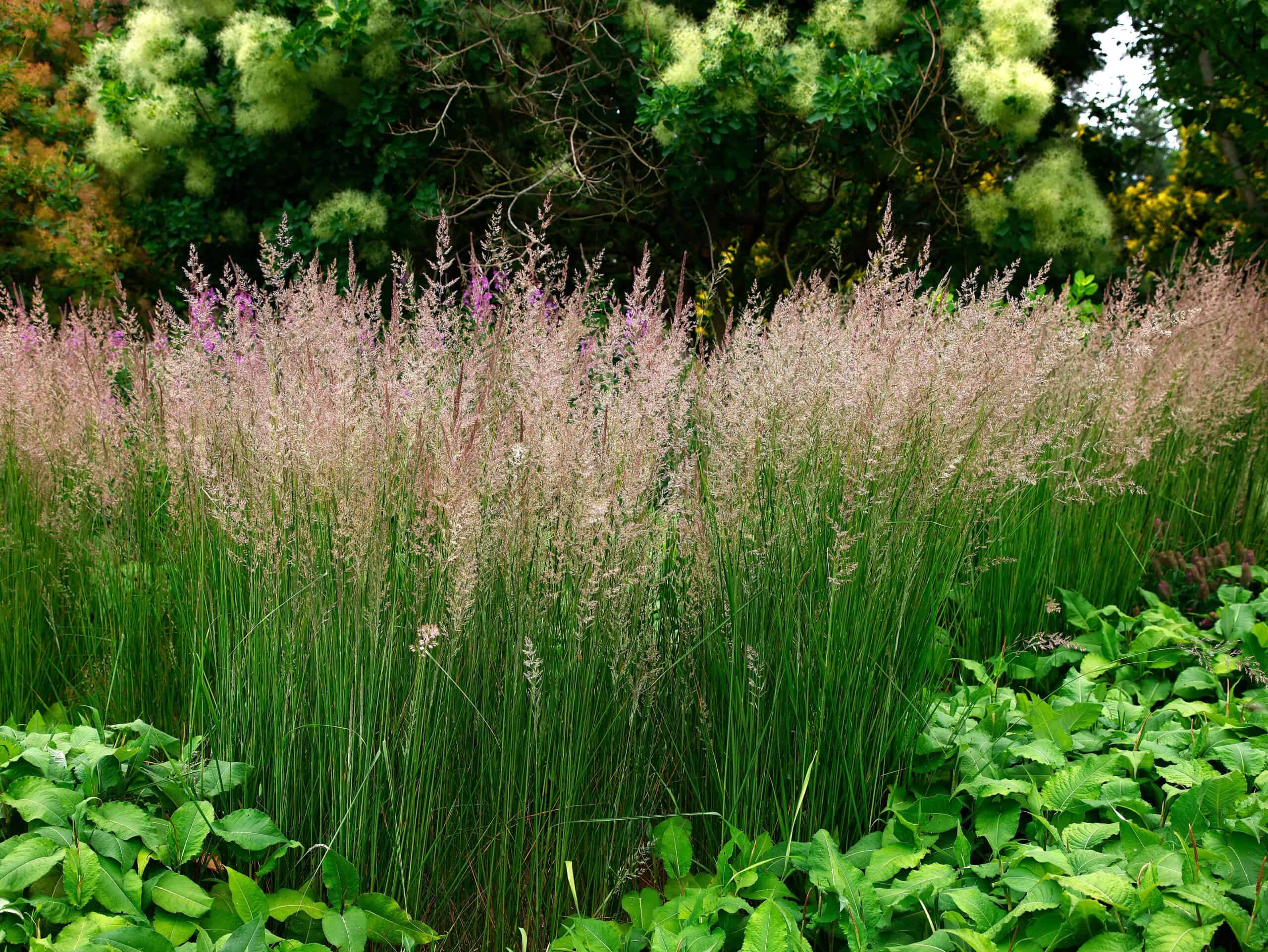Many species around the world are facing the threat of extinction, but not all of them are well-known. While efforts to save popular animals like pandas and tigers often make headlines, lesser-known species are quietly disappearing at an alarming rate. These creatures, though often overlooked, play important roles in their ecosystems. Understanding the urgency of their plight is the first step toward protecting them. Here are 15 lesser-known species that are on the brink of extinction and why they need our help.
Pygmy Three-Toed Sloth
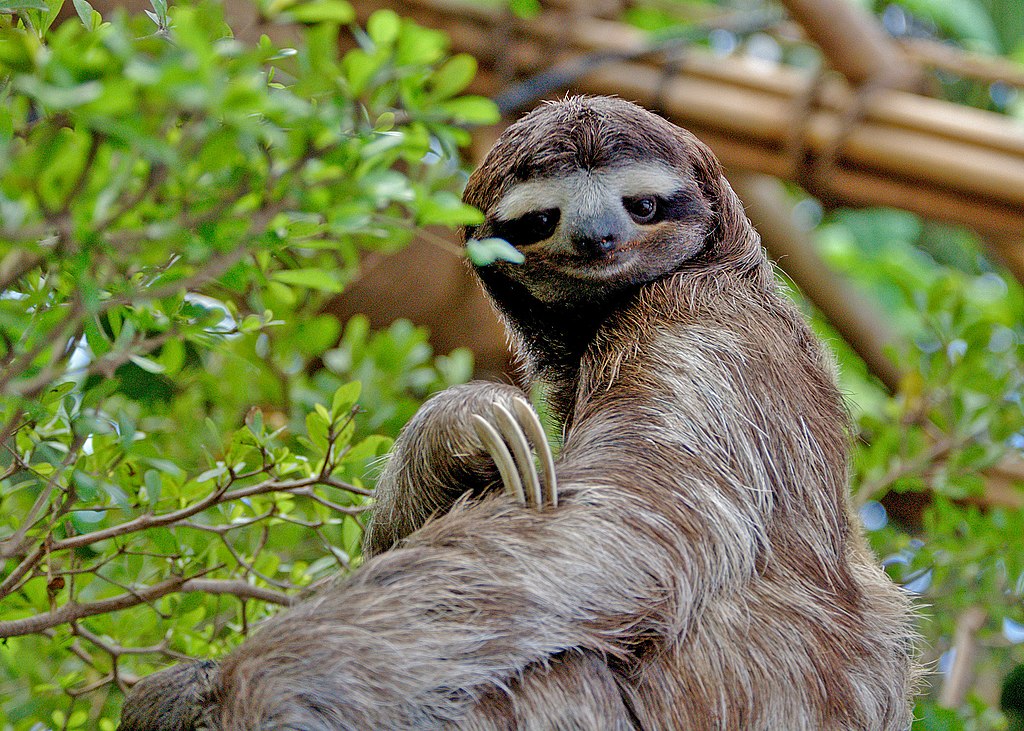
Native to the tiny Isla Escudo de Veraguas off Panama’s coast, the Pygmy Three-Toed Sloth is one of the rarest mammals in the world. With its slow movement and small size, this unique sloth species is easily distinguishable. Unfortunately, habitat destruction and human encroachment are pushing this species to the edge of extinction. Its mangrove forest home is shrinking rapidly due to deforestation, leaving fewer spaces for the sloths to thrive. Conservation efforts are underway, but time is running out for this tiny, tree-dwelling creature.
Yangtze Giant Softshell Turtle

The Yangtze Giant Softshell Turtle is one of the most critically endangered turtles in the world. Native to freshwater bodies in Vietnam and China, this species is so rare that only a few individuals are known to exist. Habitat destruction and overfishing have decimated their population. Efforts to breed the last remaining turtles in captivity have been met with little success, adding to the urgency of their conservation. Without intervention, this ancient species may vanish entirely from our waters.
Vaquita
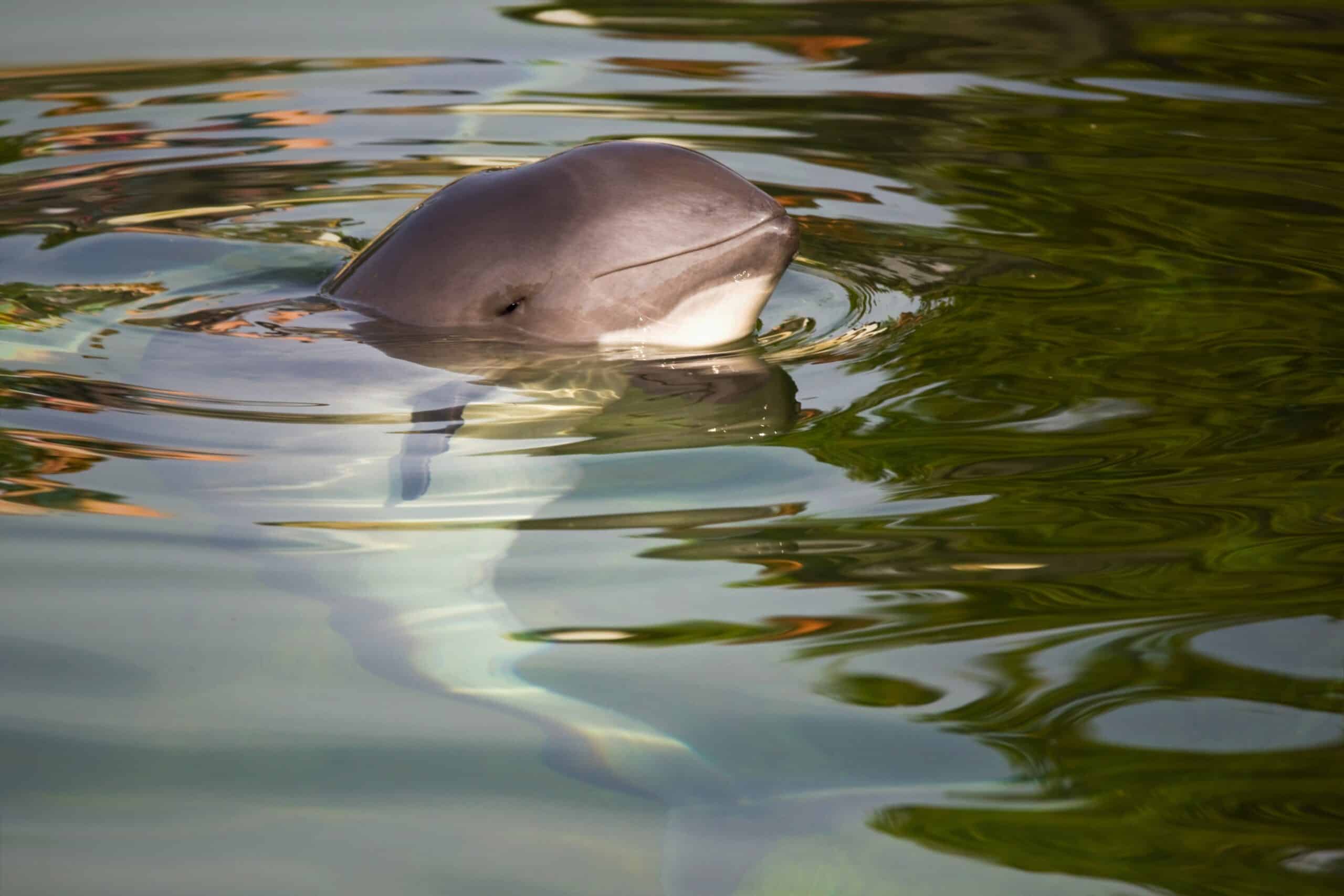
Found exclusively in the northern part of the Gulf of California, the Vaquita is a small porpoise teetering on the brink of extinction. Illegal fishing practices, especially gillnets used to catch another endangered species, the totoaba, are the primary threat to this marine mammal. With fewer than 10 individuals believed to be alive, their future is grim. Conservationists are working against the clock to save the remaining Vaquitas from total extinction. Despite the challenges, efforts to remove gillnets from their habitat continue.
Javan Rhino
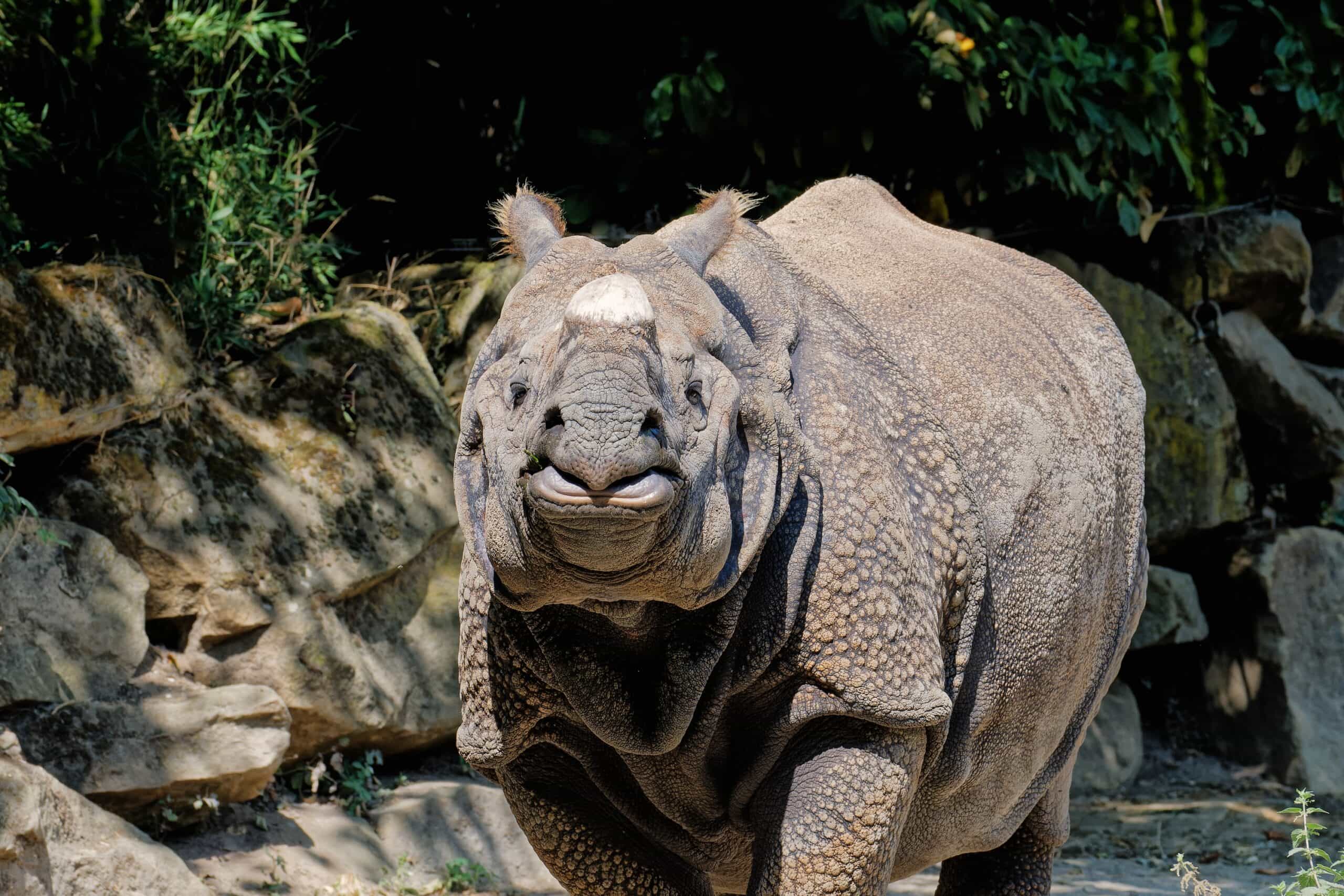
The Javan Rhino is one of the most critically endangered rhino species on the planet, with fewer than 80 individuals remaining. These elusive animals once roamed across Southeast Asia, but poaching and habitat loss have reduced their population to a single protected area in Indonesia. Their natural habitat is constantly under threat from illegal logging and agricultural expansion. Despite conservation efforts, their numbers continue to dwindle. Protecting their forest home is essential for their survival.
Northern Bald Ibis

Once widespread across the Middle East and North Africa, the Northern Bald Ibis is now critically endangered. This bird, with its distinctive bald head and iridescent feathers, faces threats from habitat loss and hunting. Today, only a few colonies remain, primarily in Morocco and Syria. Conservation programs have had some success, but the species remains highly vulnerable to human interference. Without continued efforts, the sight of these remarkable birds may disappear from the skies forever.
Kakapo
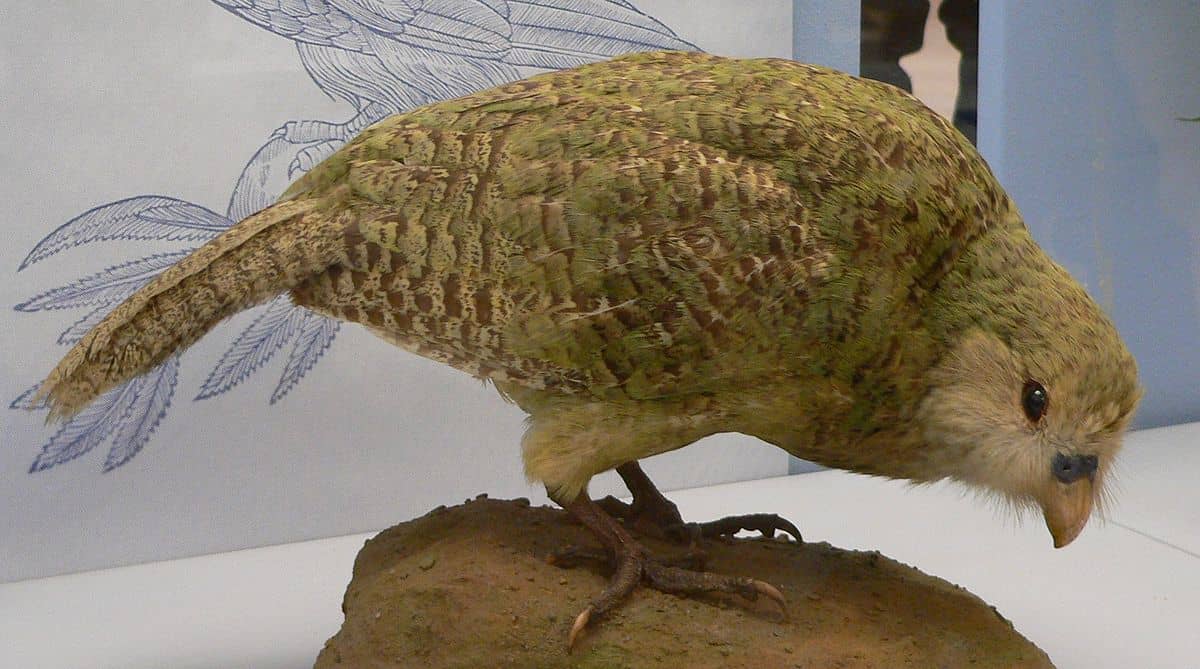
The Kakapo, a flightless parrot native to New Zealand, is one of the world’s most unusual and endangered birds. With its owl-like face and nocturnal habits, it’s truly a one-of-a-kind species. The Kakapo’s population plummeted due to predation by introduced species like rats and cats. Conservationists have worked tirelessly to protect the remaining individuals, focusing on predator-free islands. Thanks to their efforts, the Kakapo population has slowly begun to recover, but it still remains critically endangered.
Saola
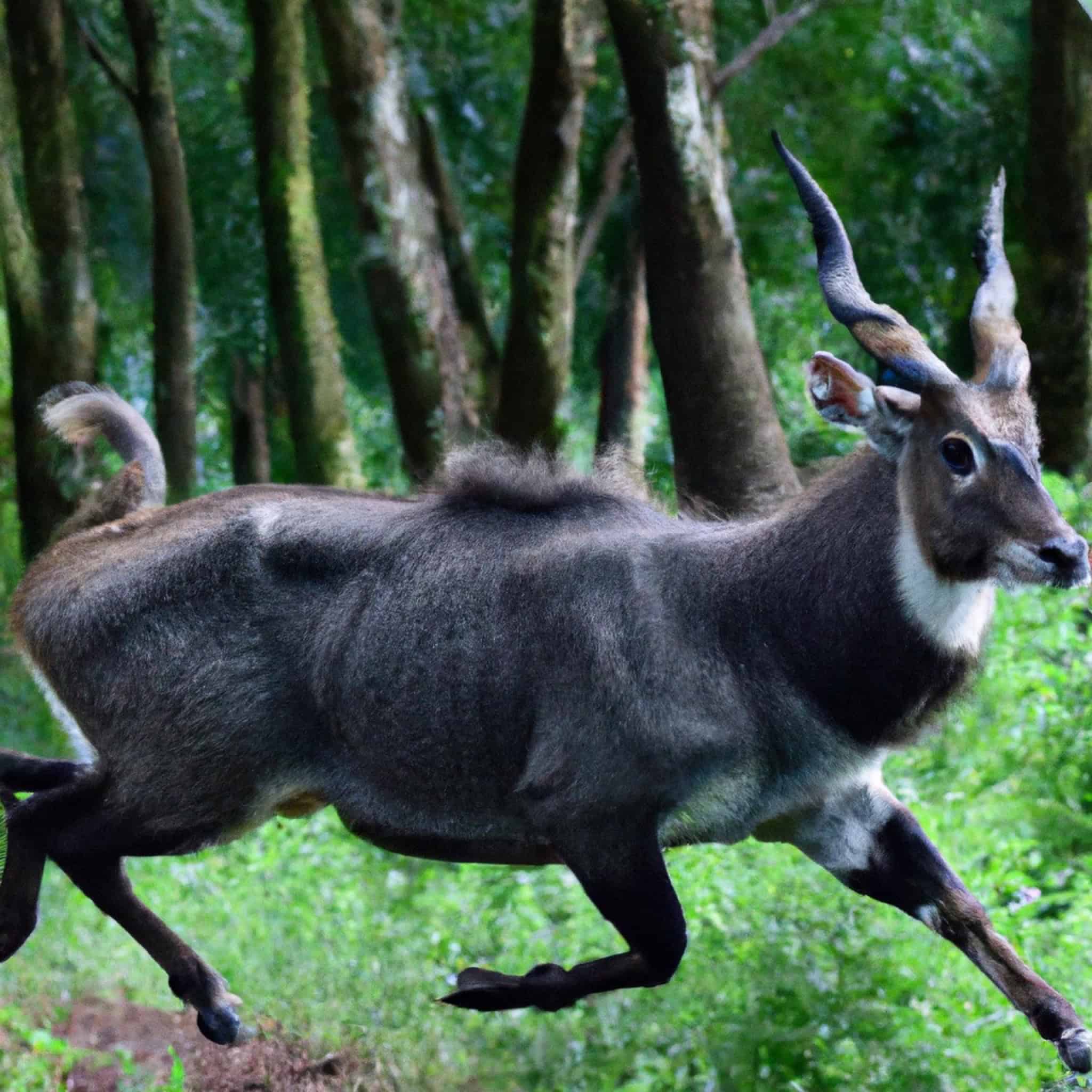
Dubbed the “Asian unicorn” due to its rarity, the Saola is a critically endangered species found in the Annamite Mountains of Vietnam and Laos. First discovered in 1992, this elusive forest-dwelling antelope has rarely been seen by humans. Habitat loss due to deforestation and poaching are its greatest threats. Conservationists are racing to protect this species, but little is known about its behavior or breeding habits. The Saola’s future remains uncertain, as their numbers continue to decline.
Amur Leopard
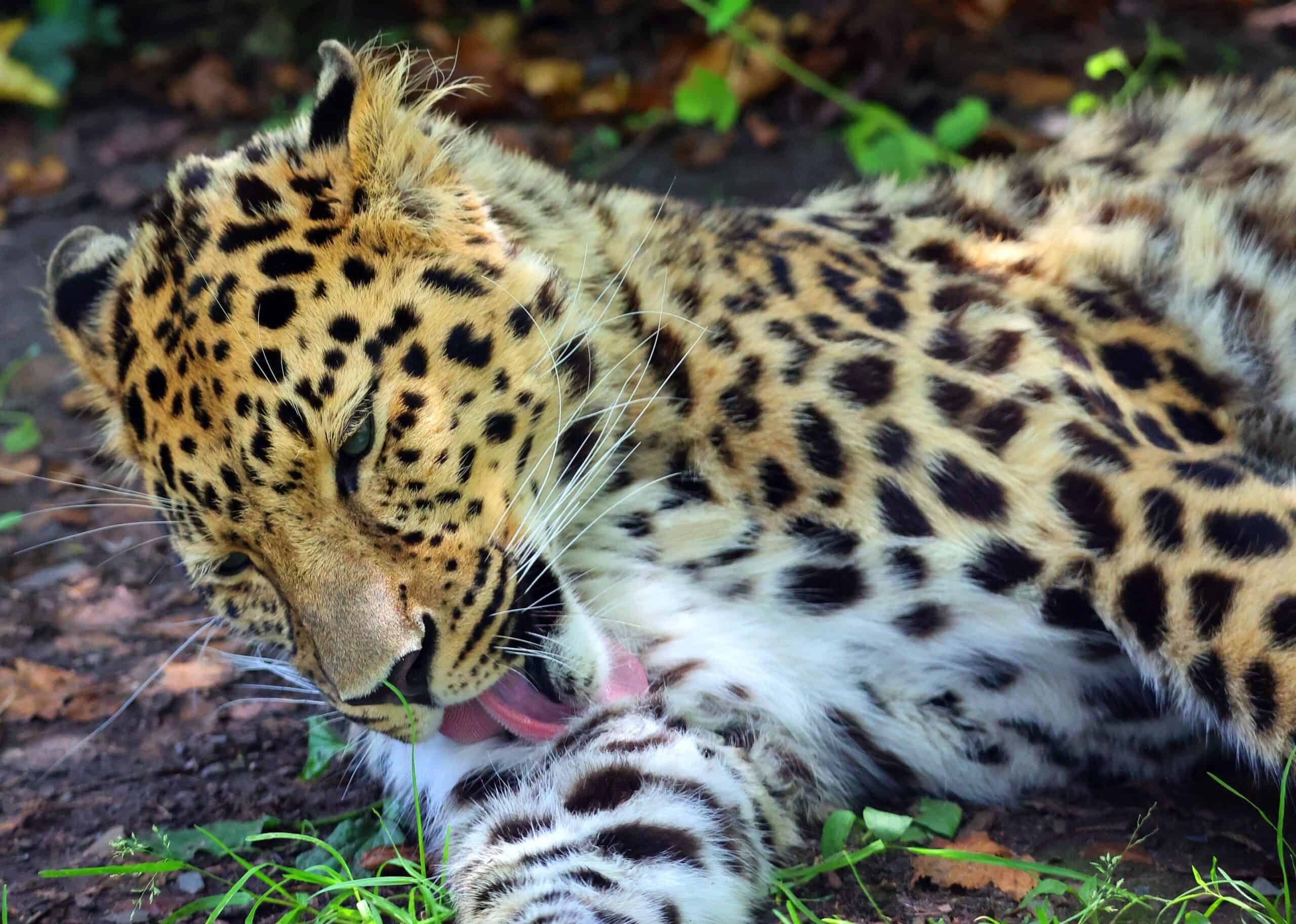
The Amur Leopard is one of the most critically endangered big cats in the world, with fewer than 100 individuals left in the wild. Native to the Russian Far East and northeastern China, this leopard faces numerous threats, including poaching and habitat destruction. Their unique spotted coat makes them a target for illegal wildlife trade. Despite efforts to protect their habitat, logging and forest fires continue to threaten their survival. Conservationists are working hard to ensure this magnificent cat does not disappear forever.
Axolotl
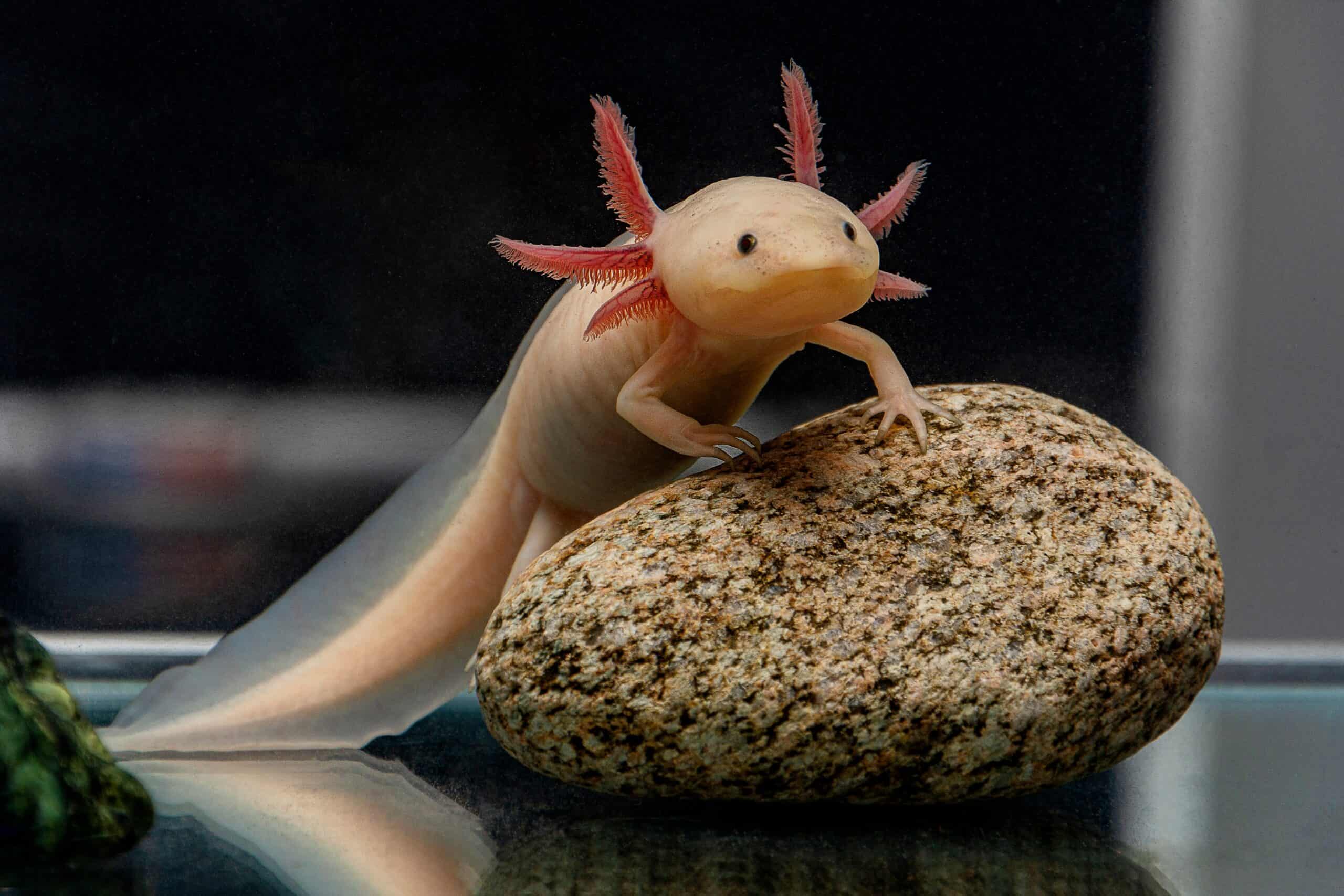
The Axolotl, a unique salamander native to Mexico’s freshwater lakes, is facing extinction in the wild. Its ability to regenerate limbs and retain juvenile features throughout its life makes it a subject of scientific interest. However, pollution and the draining of lakes in its natural habitat have drastically reduced its numbers. Although captive breeding programs exist, the Axolotl’s wild populations are critically endangered. Restoring its natural habitat is key to its survival in the wild.
Hawksbill Sea Turtle
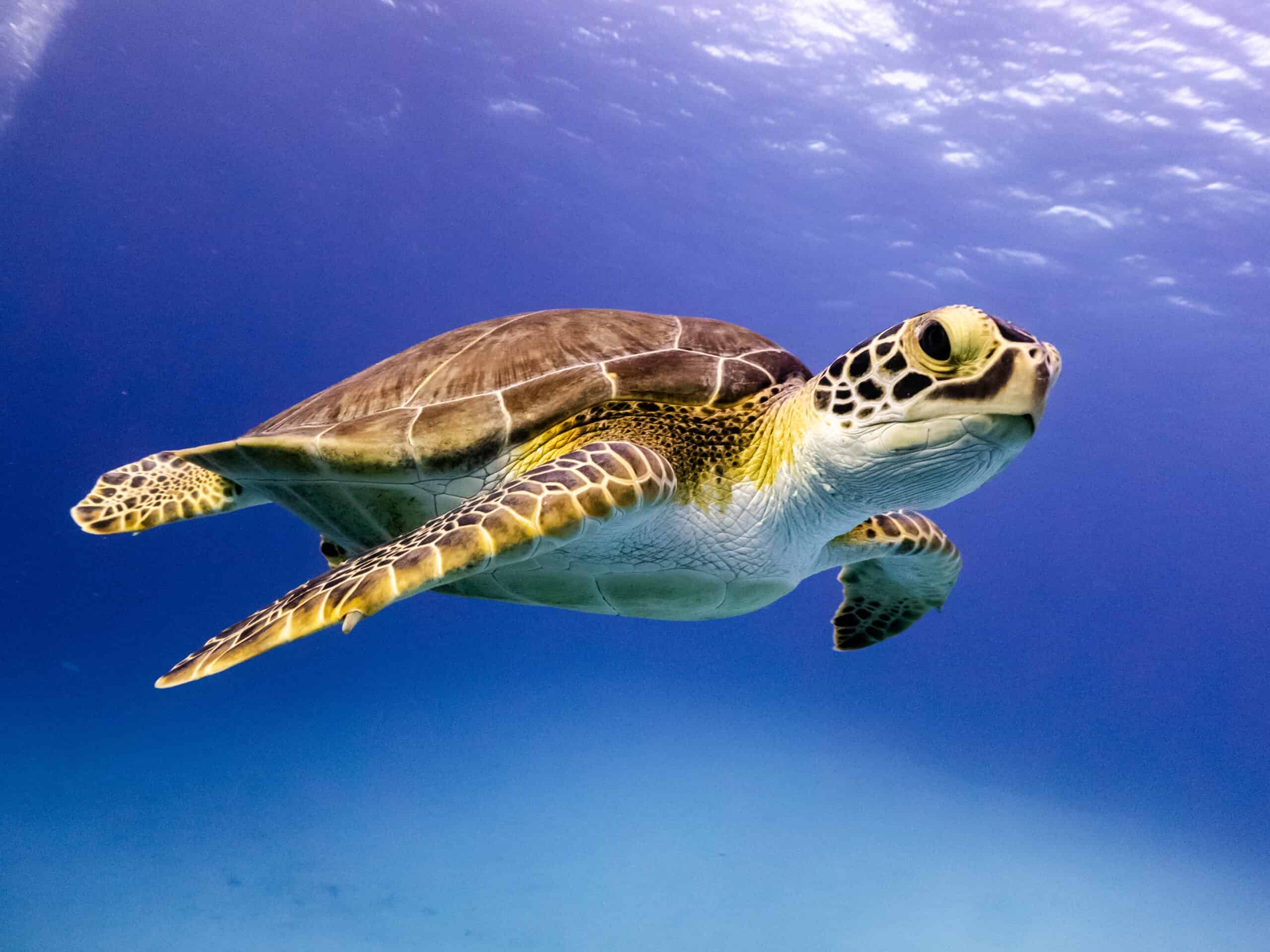
Hawksbill Sea Turtles are distinguished by their beautiful, patterned shells, which have made them a target for illegal trade. Found primarily in tropical coral reefs, these turtles play a vital role in maintaining the health of marine ecosystems. Unfortunately, habitat destruction, pollution, and poaching have pushed them to the brink of extinction. Despite legal protections, their populations continue to dwindle due to human activities. Saving these turtles requires global cooperation and stronger enforcement of conservation laws.
Baiji Dolphin
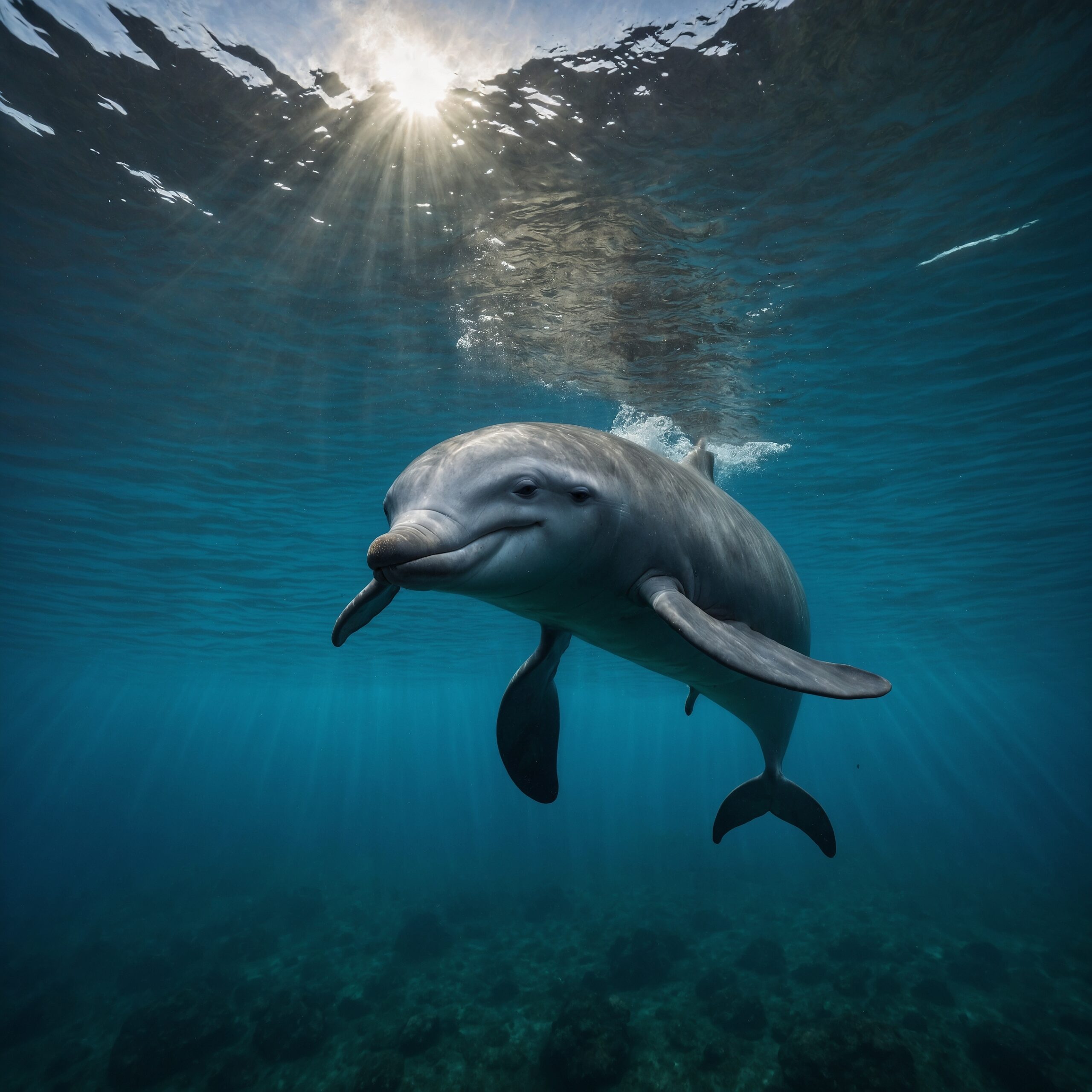
Native to China’s Yangtze River, the Baiji Dolphin is now considered functionally extinct, with only a few individuals believed to remain. Industrialization, pollution, and heavy boat traffic in the Yangtze River decimated their numbers over the past century. Despite conservation efforts, no significant populations have been found in recent years. The Baiji’s decline serves as a warning about the impact of human activity on river ecosystems. Sadly, it may be too late to save this once-thriving species.
Lesser Florican
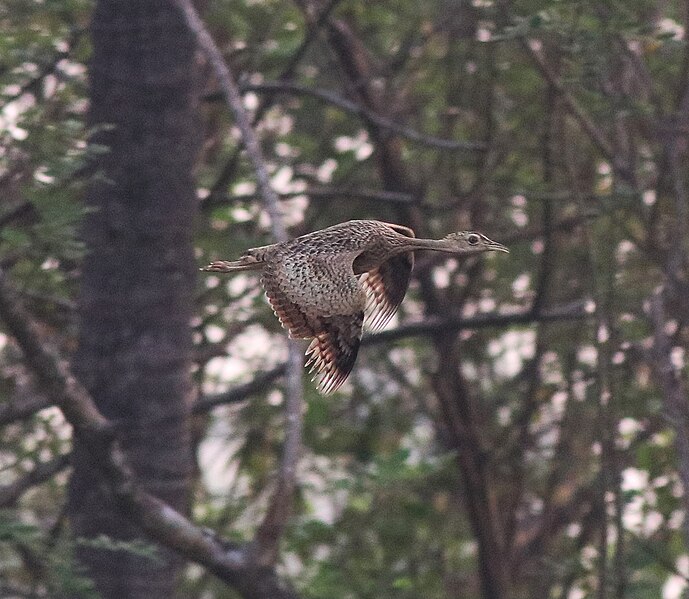
The Lesser Florican, native to the grasslands of India, is a small and elusive bird that is critically endangered. Its population has been severely impacted by habitat loss due to agricultural expansion. This bird is known for its dramatic mating display, where males leap into the air to attract females. Unfortunately, very few suitable habitats remain for the species to breed. Conservation efforts are underway, but the future of the Lesser Florican remains precarious.
Palawan Forest Turtle
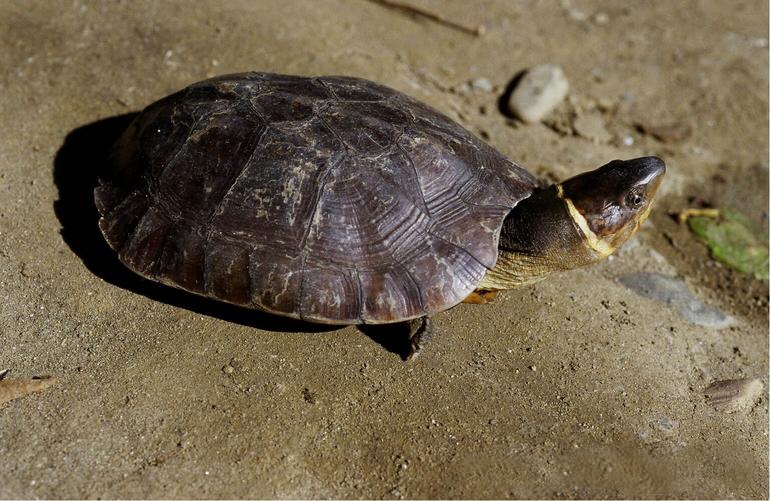
The Palawan Forest Turtle is a critically endangered species found only on the Philippine island of Palawan. It was thought to be extinct until its rediscovery in the early 2000s. Illegal pet trade and habitat destruction are the main threats to this species. Conservationists have launched initiatives to protect the remaining populations, but the turtle’s slow reproduction rate makes recovery difficult. Immediate action is needed to safeguard its fragile existence.
Tamaraw
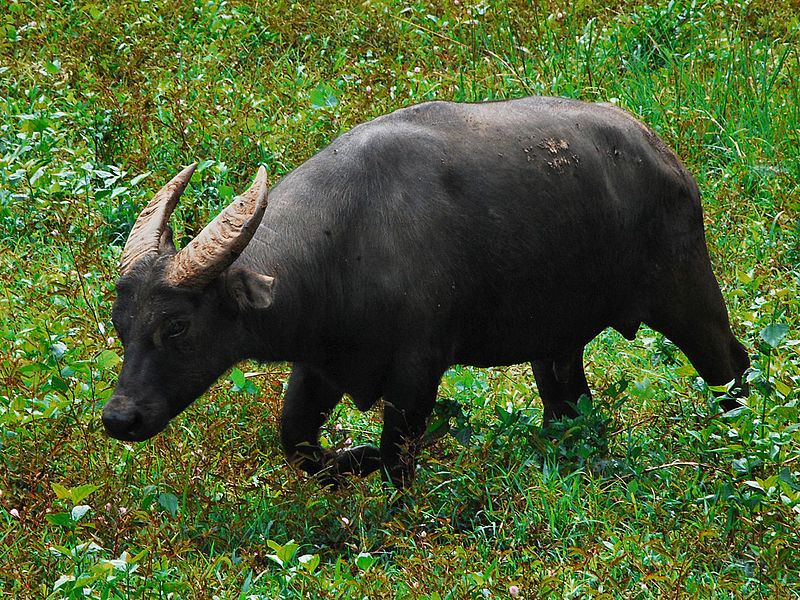
The Tamaraw, a small, wild buffalo native to the island of Mindoro in the Philippines, is one of the world’s rarest mammals. Habitat loss and hunting have driven their numbers to alarmingly low levels, with fewer than 600 individuals remaining. Despite being a national symbol of conservation, the Tamaraw continues to face threats from land development and poaching. Conservation efforts focus on habitat protection and breeding programs. Without further intervention, the species could vanish entirely within the next few decades.
Olm
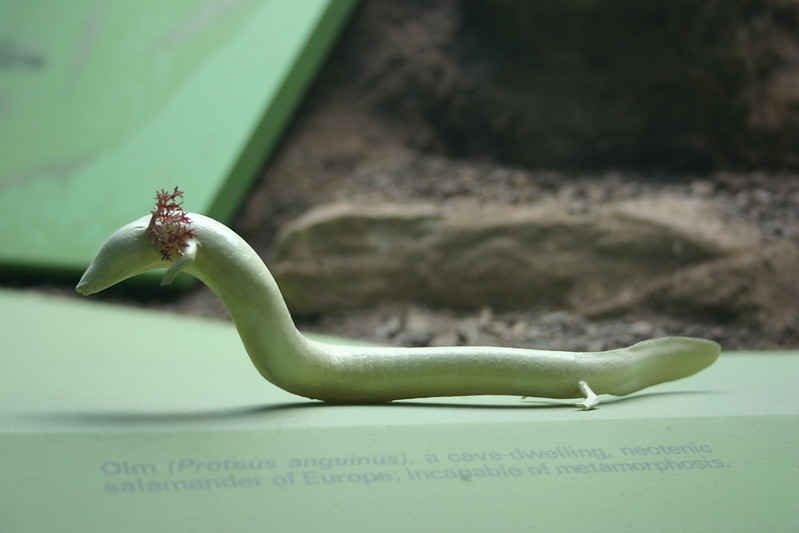
The Olm, a blind salamander found in the caves of the Balkans, is a remarkable species that has adapted to life in complete darkness. Its unique appearance and ability to live without food for years make it one of nature’s most fascinating creatures. However, pollution and habitat destruction are threatening its survival. As its underground habitat faces contamination, the Olm’s population is rapidly declining. Conservationists are working to protect this unusual species, but its future remains uncertain.
This article originally appeared on Rarest.org.
More From Rarest.Org
History often celebrates the famous explorers who discovered new lands and charted unknown territories, but many courageous adventurers remain overlooked despite their significant contributions to our understanding of the world. These explorers ventured into uncharted regions, enduring immense challenges to map the unknown and expand our horizons. Read more.
Grasses are often the unsung heroes of garden design, adding texture, movement, and a natural elegance to any landscape. While many people think of grasses as simple ground cover, there are countless exotic varieties that can transform a garden into something truly special. Read more.
13 Most Captivating Desert Landscapes
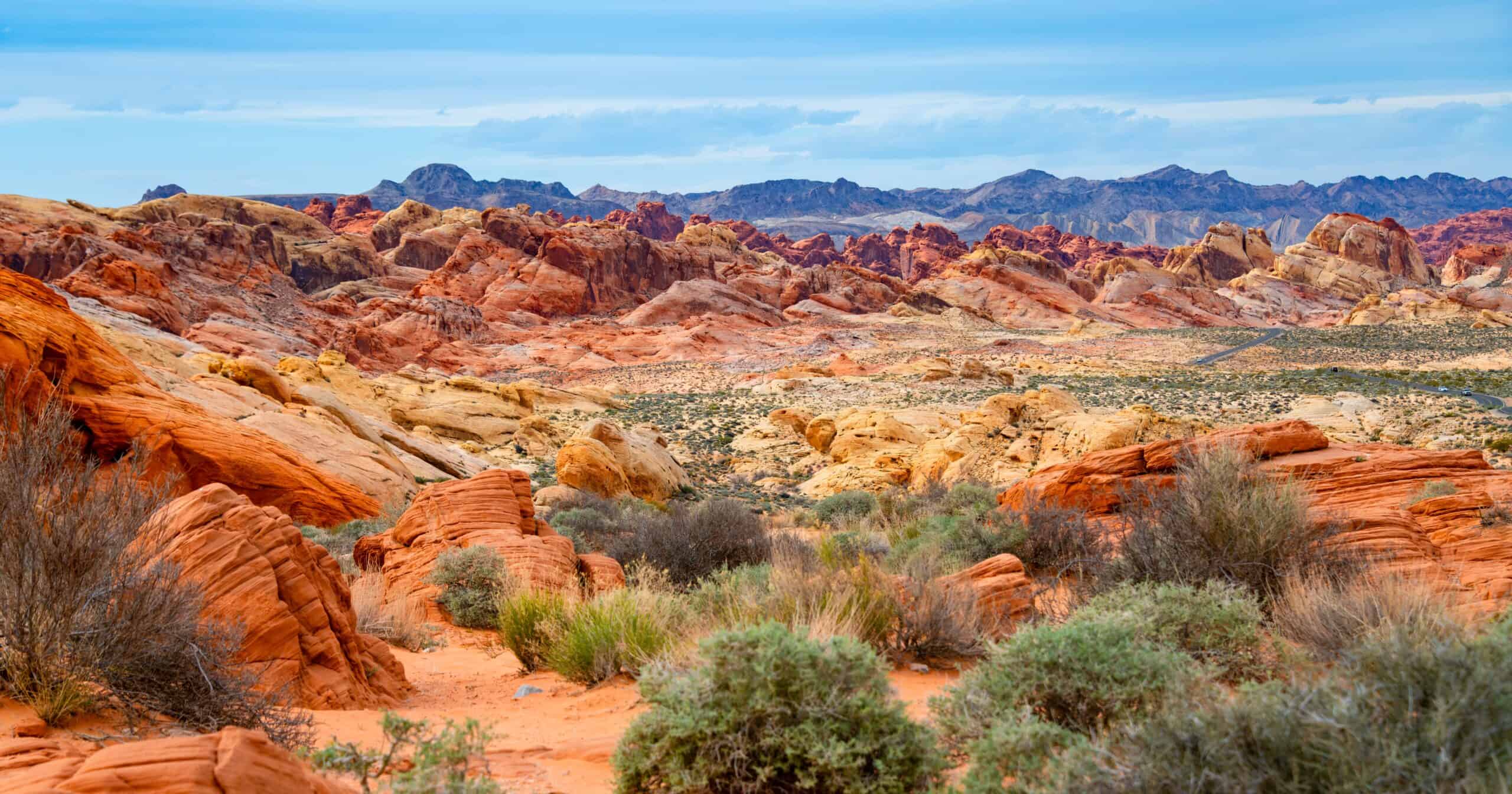
Deserts are often seen as barren, lifeless expanses, but they are also home to some of the most captivating landscapes on Earth. From vast sand dunes and towering rock formations to striking salt flats and vibrant oases, deserts offer a beauty that is both harsh and mesmerizing. Read more.


